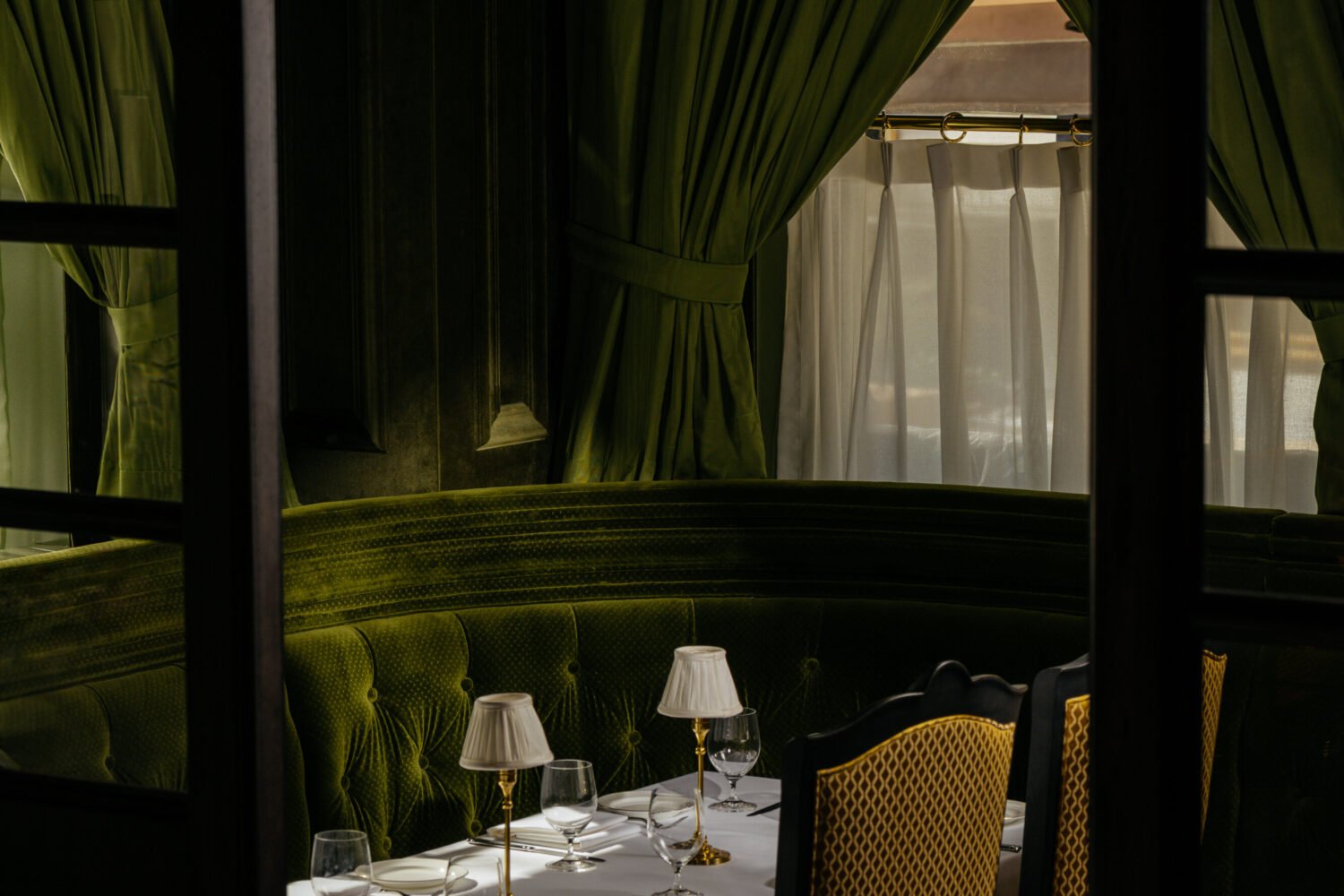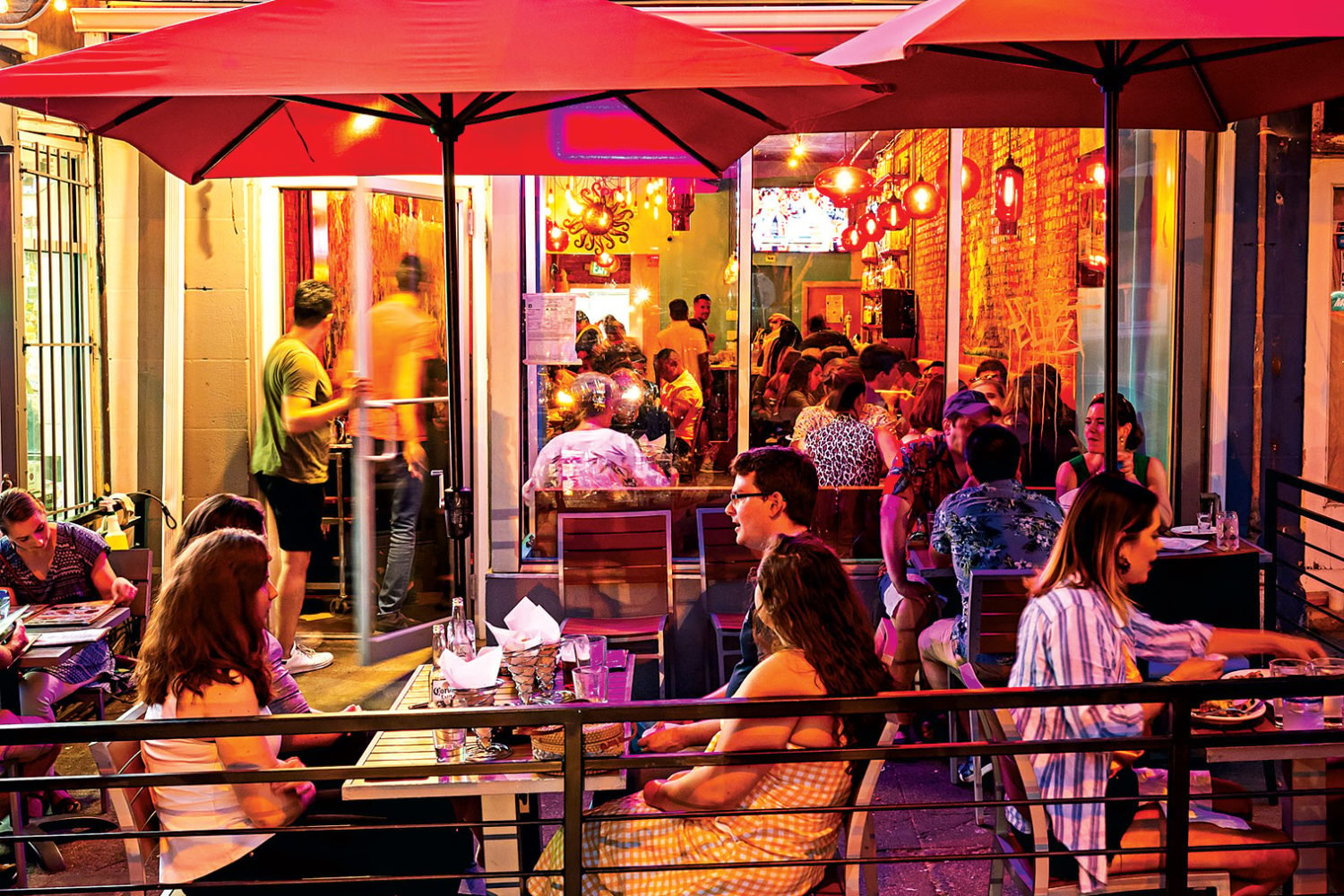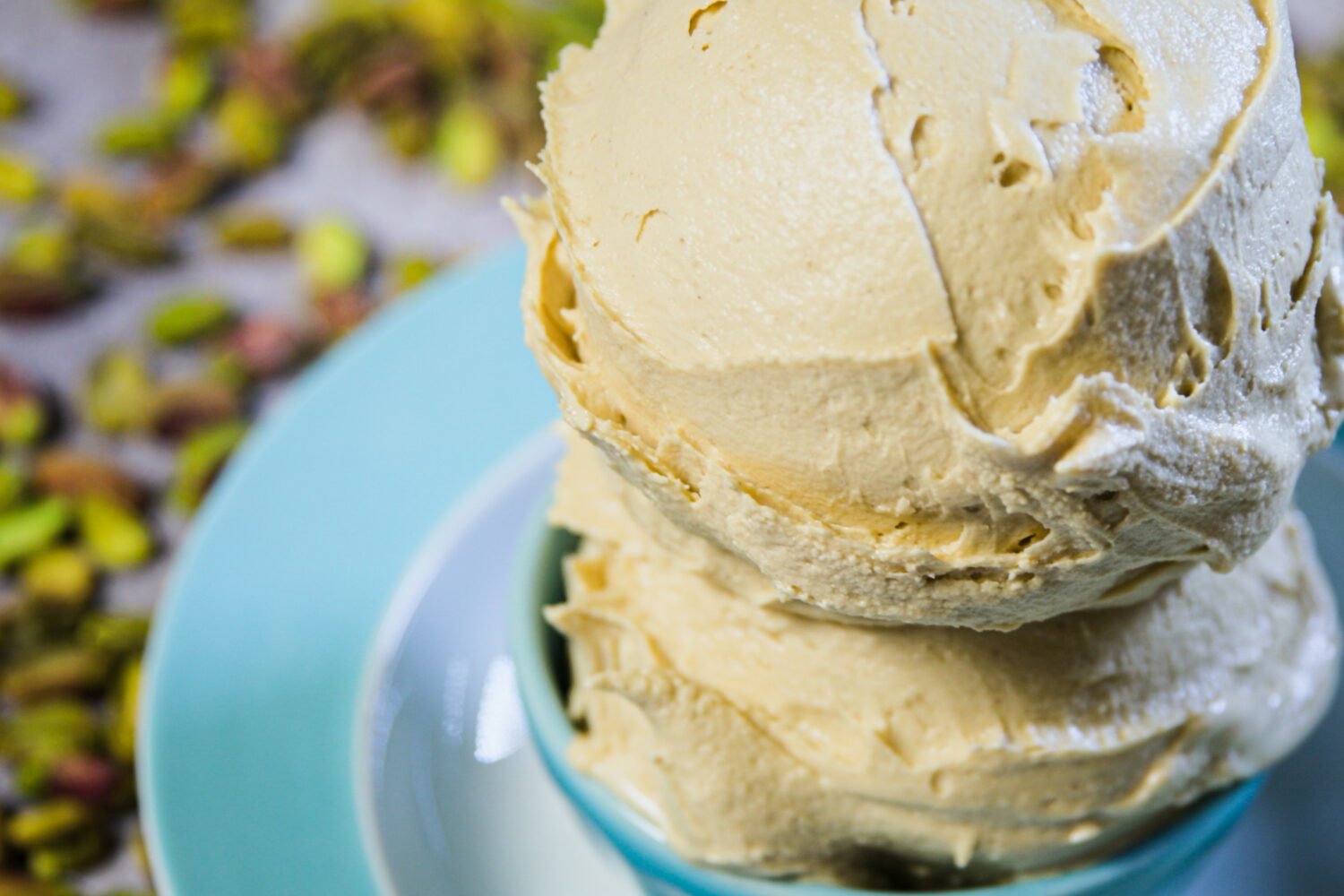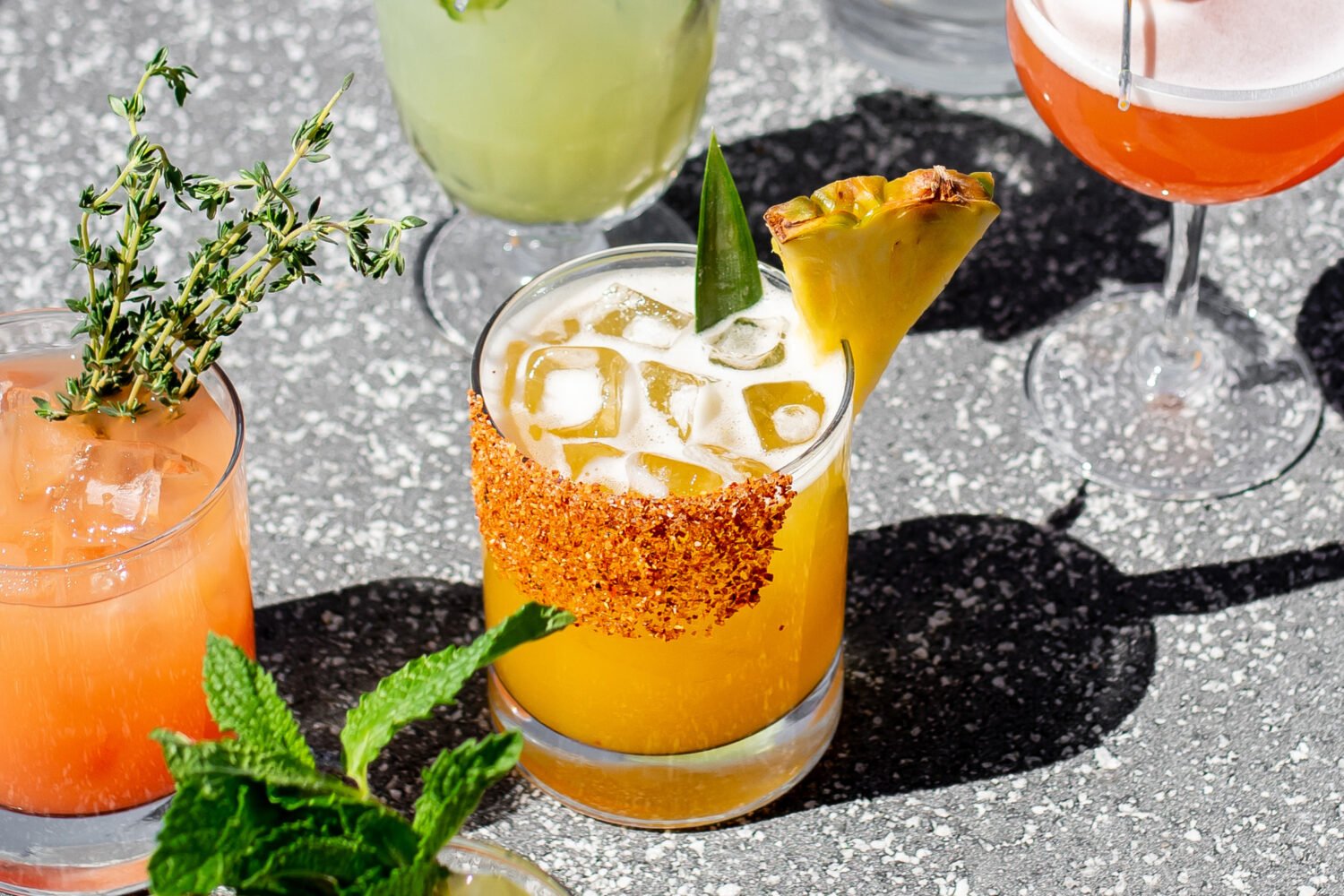About Urbano 116
I’ll admit Old Town was about the last place I expected to find a gorgeous mole negro, the famously labor-intensive sauce from the Mexican state of Oaxaca. The Alexandria neighborhood has always been long on charm—but also on pubs and pasta. Meanwhile, Common Plate Hospitality, which owns the Old Town favorite Mason Social and Catch on the Ave in the Del Ray neighborhood, has been better known for creating neighborhood gathering places than culinary destinations that advance the scene in any way.
But last year, Common Plate partner Chad Sparrow was on a food tour in Mexico City (one of the most happening dining cities in the world, in case you hadn’t heard). There, he chanced upon a restaurant called Pasillo de Humo. Its tortillas and moles floored him. Even better, its chef, Alam Méndez Florián, had an open mind. Sparrow convinced the rising talent—who has also worked at the Michelin-starred Arzak in Spain and represented his country in international cooking competitions—to come to Virginia to open Urbano 116. Now Méndez Florián has joined the hospitality group. He’s been in the Washington area for months but will eventually split his time between Alexandria and Mexico.
The restaurant, which is a couple of blocks from the river, is blessedly free of the south-of-the-border kitsch so common in local Mexican restaurants. Instead of serapes and Fiestaware colors, the place is awash in stark, paper-white paint (the few decorations: leather lucha masks and a hot-pink neon churros sign on the wall). And the word is out on the place: I’ve seen the bar packed at 2 pm on a Friday and the dining room jammed by 5 on a Sunday. Thankfully, the restaurant takes reservations.
Méndez Florián’s menu seems caught between two pulls. The first is to give what most diners have come to expect in an American Mexican restaurant (chiefly, margs and guac). The other is to showcase both Méndez Florián’s creativity and his respect for the culinary traditions he grew up with. His parents are restaurateurs, and his chef mother is renowned in Oaxaca for her mole skills.
The menu swings between fried-chicken tacos and tostadas filled with crunchy fried grasshoppers. There’s a pale-yellow queso dip, laced with lager and served with translucently thin tortilla chips, on the appetizer menu. There are also utterly unique creations such as Méndez Florián’s cactus infladita, a finely chopped carnival of texture and flavor that brings together salt-cured cactus, bracing slivers of radish, goat cheese, cashews, and avocado. Plus elegant plantain molotes—little patties of the fruit filled with goat cheese and draped with sweet, nutty coloradito mole.
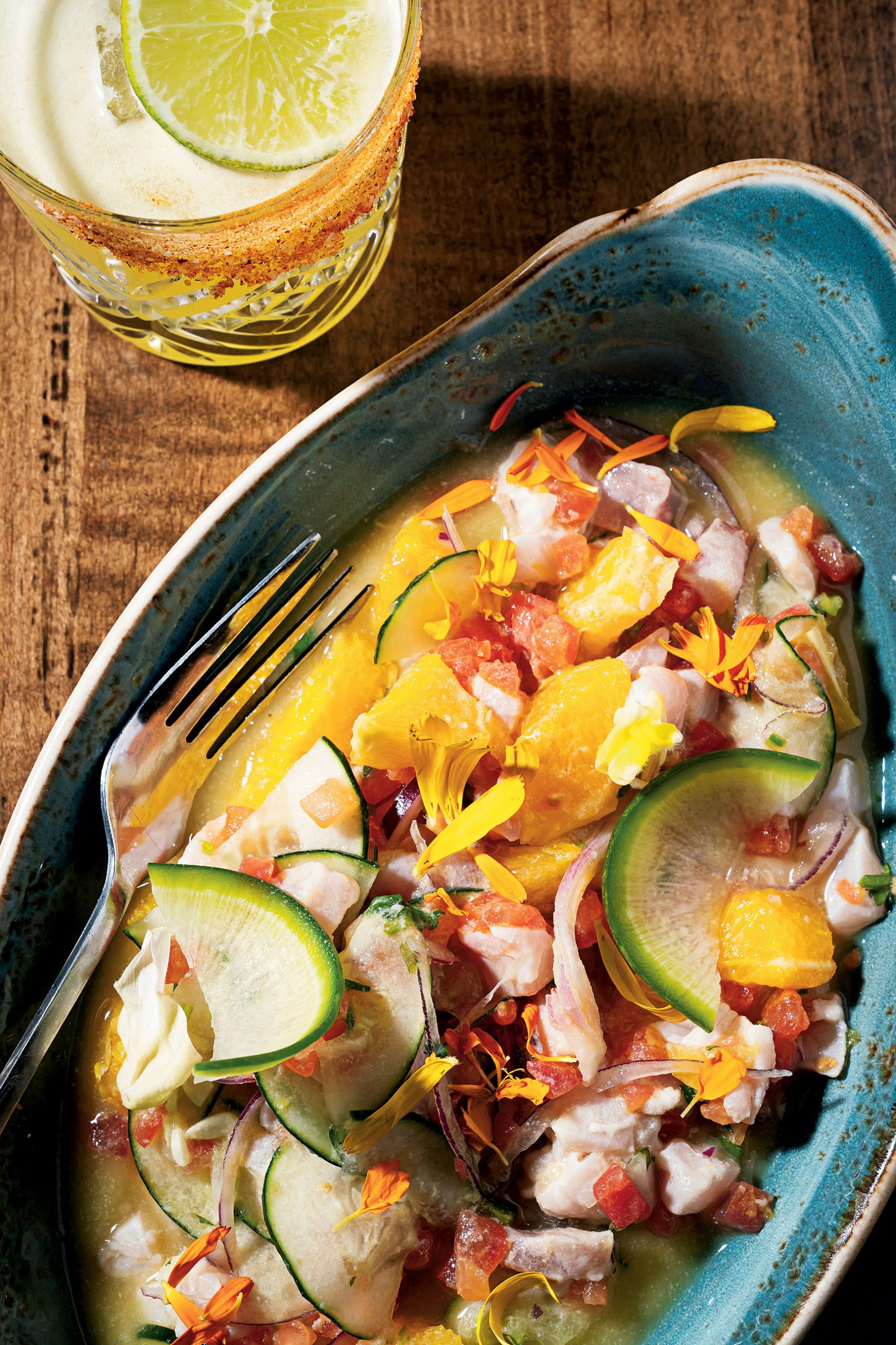 Urbano 116's ceviche amarillo.
Urbano 116's ceviche amarillo.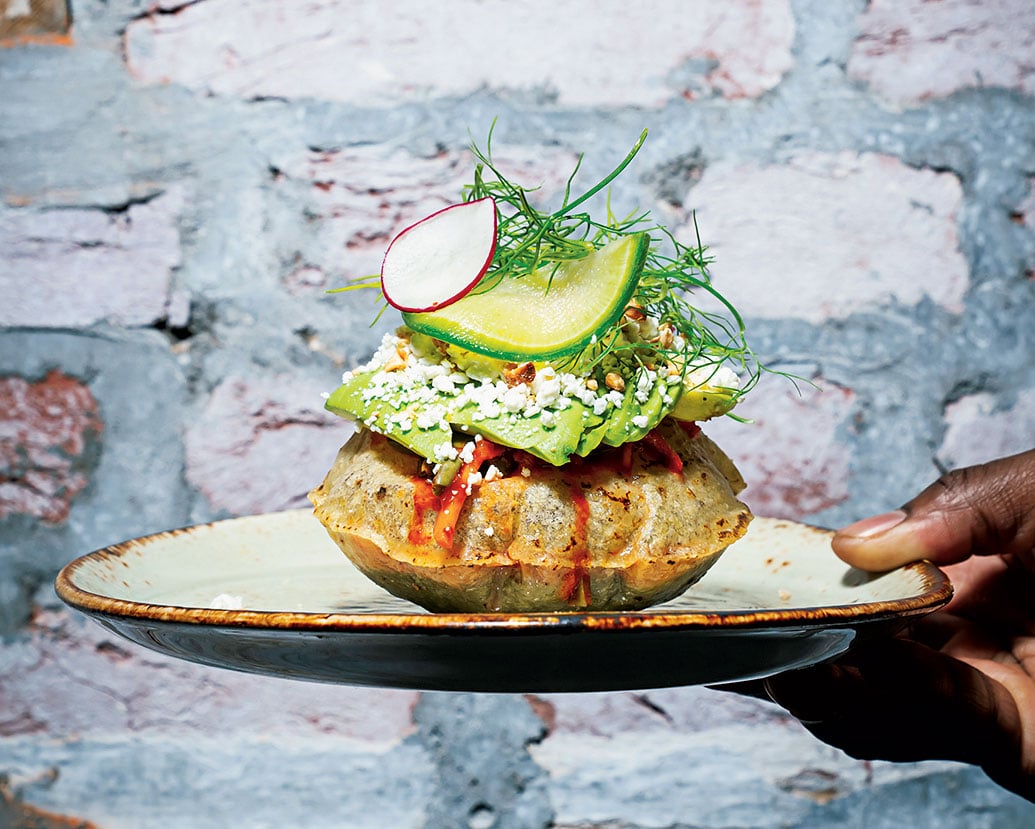 Cactus infladita, a puffed, vegetable-filled tortilla.
Cactus infladita, a puffed, vegetable-filled tortilla.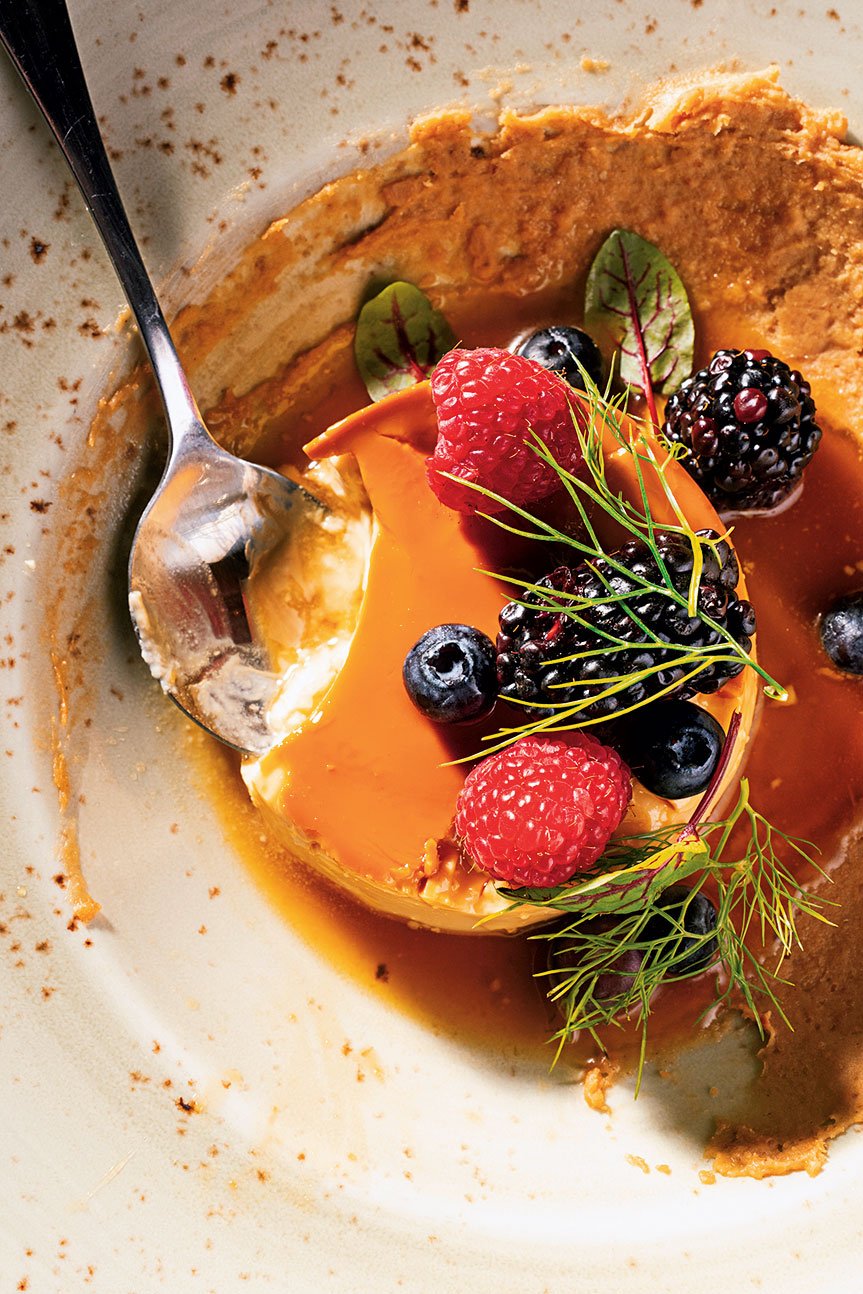 Flan with plantain purée and berries.
Flan with plantain purée and berries. You’re probably expecting me to tell you to stick to the regional specialties closest to Méndez Florián’s heart. But in truth, both sides of the menu are handled smartly. Those fried-chicken tacos are fabulous, spiffed up with black beans and grilled onions. That queso is dreamy. The guacamole, heavy on the lime, is as good as you’ll find in these parts. I loved the ceviche amarillo, a little soupy but leaping with salt and citrus and chilies and cilantro.
Most of the tacos are set on tortillas made daily from Oaxacan corn—Méndez Florián cycles through four varieties, including white, blue, and purple—that’s nixtamalized (given a two-day soak in lime water, which amps up flavor and helps with texture), then ground in-house. It says a lot that he treats the usually disdained flour tortillas with as much respect. If you live for a scorched tongue, get the corn rounds filled with rockfish, which are zapped with fiery arbol chilies. If you’re into something meatier, go for the lengua, the super-tender beef tongue that here is paired with sweet grilled onions. If you’ve got a tamer palate, there’s no shame in ordering the Gringa taco, a soft flour tortilla stuffed with carnitas and grilled pineapple, or a plate of pork-stuffed enchiladas.
But man, those moles. Follow them wherever the menu goes. The mole negro, one of the cornerstones of Oaxacan cuisine, takes a lot of time and a lot of work. Every individual ingredient—and there are 32 of them—is handled separately, whether the fried parsley, the slowly roasted chilies, or the hand-rubbed oregano. It takes two days to make; the ashes of the chilies’ seeds are what give it such deep, dark color. Here, it complements a tender Cornish hen cooked in a sous-vide machine and then roasted. The meat is very good, but it’s all about the sauce. A hunk of short rib, braised in the classic French style, is just as special, thanks to a ruddy almond mole. Even a small cauliflower taco is treated to a cashew mole.
Not everything is so alluring. A chicken enchilada was filled with dry, shreddy meat and bogged in a dull pipián sauce. The choriqueso, a skillet of burbling Oaxacan cheese, seized up quickly around its dots of chorizo, congealing into what seemed like a rubbery Frisbee made primarily of salt. The most egregious: the scallop aguachile, a ceviche that bore the stink of sitting around. Octopus-filled tacos weren’t much better. Desserts, aside from the flan, are forgettable right now, although the restaurant group has just hired a new pastry chef.
Like a chunk of our population here, out-of-town chefs tend to come in with big ambitions but ultimately to be transient (see: Eric Ripert, Alain Ducasse, Masiharu Morimoto). Let’s hope Méndez Florián flips even more expectations and actually sticks around.
This article appears in the April 2019 issue of Washingtonian.











